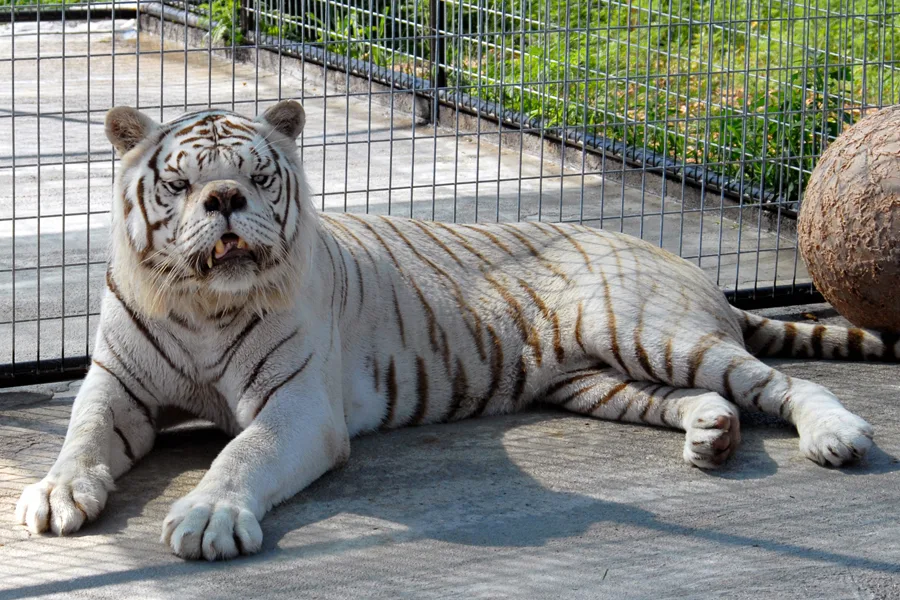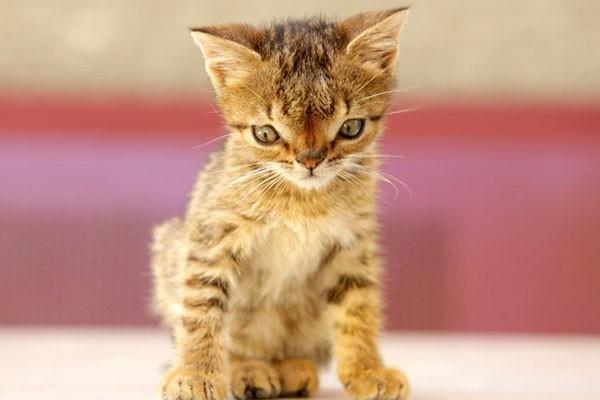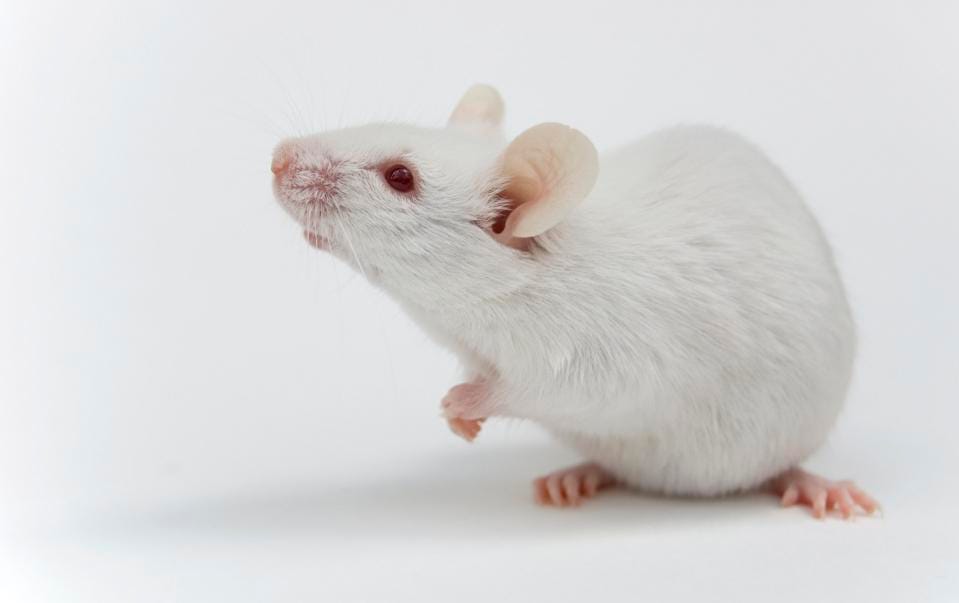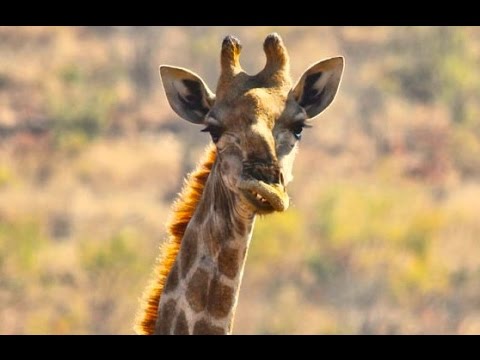Can Animals Have Down Syndrome? Here is What Studies Say
Down syndrome is one of the most common genetic disorders among humans. According to reports, it occurs in approximately 1 in every 1000 babies. But have you ever wondered if Down syndrome occurs in animals or not?

Here is everything to know about Down syndrome and whether animals experience this condition or have other similar problems.
What is Down syndrome?
The genetic information of a human body is contained in its chromosomes. They are the complicated and organized structures formed by the DNA and contain all the genetic sequencing of the body, passed on from the parents. The sequence helps to determine the nature of your body at birth.
Many human beings have 23 pairs of chromosomes. But in the case of Down syndrome, they have an extra copy of chromosome 21. It leads to Down syndrome, medically addressed as Trisomy 21. It is vital to mention that Down syndrome is not a disease but a genetic disorder, tough to predict. Babies with this condition are born to parents with normal genetic conditions. Thus, the formation of an extra chromosome is a random act.
Such alteration of genetics is responsible for the characteristic physical features you observe in people affected by this condition. Down syndrome leads to some degree of cognitive impairment and impaired growth in muscle tissues. It is also connected with the increased risk of other conditions because of a lower immune system. Humans with this condition have a life expectancy of 50-60 years.
Can Animals have Down syndrome?
The question is all over the internet, and people are trying to understand whether animals suffer from Down syndrome or other similar conditions.
Technically, animals do not have Down syndrome. However, they may have similar disorders. For one, merely because an animal has chromosome 21, doesn’t mean it functions the same way as humans. Thus, the abnormality on chromosome 21 in an animal would not necessarily produce the same symptoms as Down syndrome in human beings.
Besides this, many animals do not have chromosome 21 at all. For instance, a cat only has 19 chromosomes.
Which Animal Can Develop Down syndrome?
The closest to human beings are the primates. Humans have 46 chromosomes, whereas primates or chimpanzees have 48 chromosomes.
It suggests that this condition may occur in primates such as chimpanzees. Some cases have even documented the condition. In chimpanzees, the 22nd chromosome is homologous to chromosome 21 of human beings. Thus, a trisomy 22 found in them was documented as Down syndrome.

Many studies were carried out to test the symptoms of the condition. It was stated that the symptoms of Down syndrome in primates were similar to that of humans. They experience growth retardations, vision problems, and strabismus.
Which Animals Suffer from the Conditions Similar to Down syndrome?
While the primates suffer from Down syndrome as humans, other animals experience a similar condition to Down syndrome.
Tigers
A few years ago, a case of Down syndrome-like condition was reported in a white tiger called Kenny. It was said to be inbred while in the United States.

However, the reports are highly controversial. Researchers claim that although inbreeding the tiger did have deformities and genetic disabilities, they were not the same as Down syndrome. White tigers have only 19 pairs of chromosomes, making it a reason for controversy.
Dogs
The claims that dogs experience Down syndrome haven’t been confirmed as yet. According to scientific proof, there does not exist this condition in dogs. But they do suffer from a similar deformity.

According to a few reports based on symptomatic observations, dogs, too, can suffer from a similar disorder. They have 39 pairs of chromosomes and to pinpoint which of these chromosomes are homologous to the human 21st chromosome may manifest as Down syndrome is not nearly as easy as it seems.
Such duplication of the 21st chromosome in dogs and humans would have different effects because of the difference in genetic content between the two species.
Cats
Cats can also suffer from genetic abnormalities similar to Down syndrome. One of the genetic disorders in cats, Klinefelter’s syndrome, has symptoms similar to Down syndrome in human beings. They include the presence of certain facial features and the ability to gain weight rapidly.

Cats only have 19 pairs of chromosomes. They are devoid of the 21st chromosome present in human beings, which leads to the condition.
Mice
According to many researchers, mice can experience chromosomal defects. They can develop an additional chromosome 16 that creates symptoms similar to Down syndrome.

However, this case is never seen in the population of wild mice since the babies with this defect usually die before they are born. Researchers know of the possibility as they genetically created the conditions in lab mice to study them.
Giraffes
You may have always seen a giraffe with long legs. It may be surprising to see a dwarf giraffe. But do you know they exist?

Giraffes do not have Down syndrome, but condition similar to it. This genetic disorder is called skeletal dysplasia, leading to abnormally shaped bones in their arms, legs, head, and spine. Some giraffes also suffer from another condition similar to birth asphyxia, where the baby has oxygen cut off and doesn’t develop completely.
There is a giraffe in the Maryland Zoo, Julius, with this condition.
How to Care for Animals with Down syndrome?
While you cannot do much to care for wild animals who suffer from a condition like Down syndrome, there are a few things you can do for your pets, like cats and dogs who experience this condition.
- Always watch out for the symptoms of their condition in them. Some of these include poor eyesight, hearing problems, congenital heart disease, rectal discharges, random pain, skin issues, thyroid issues, etc.
- Feed your pets a raw and organic diet.
- Avoid or minimize their vaccination.
- It is also vital to detox your pet timely after having a word with your vet.
We hope all this information helps you learn more about Down syndrome in animals and how you should deal with the condition.
Keep in touch to know more.
